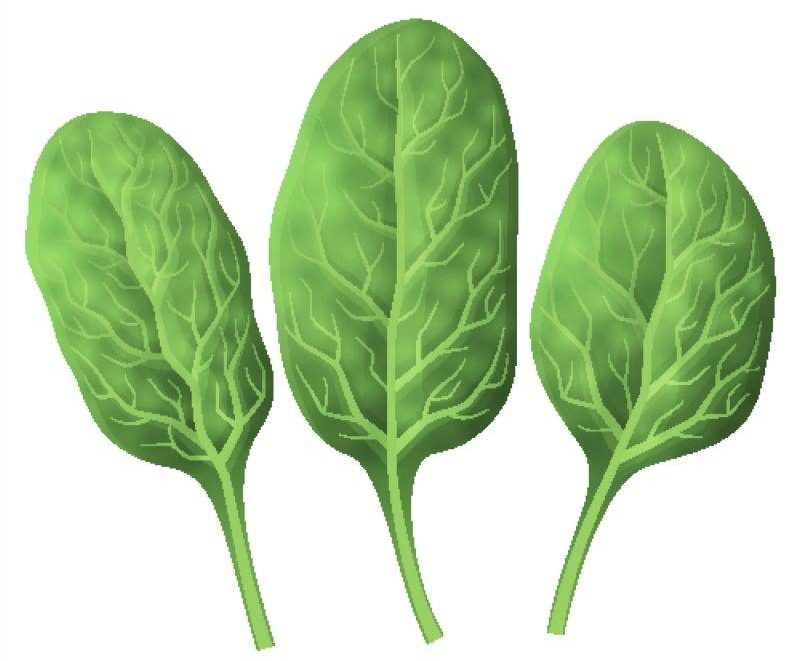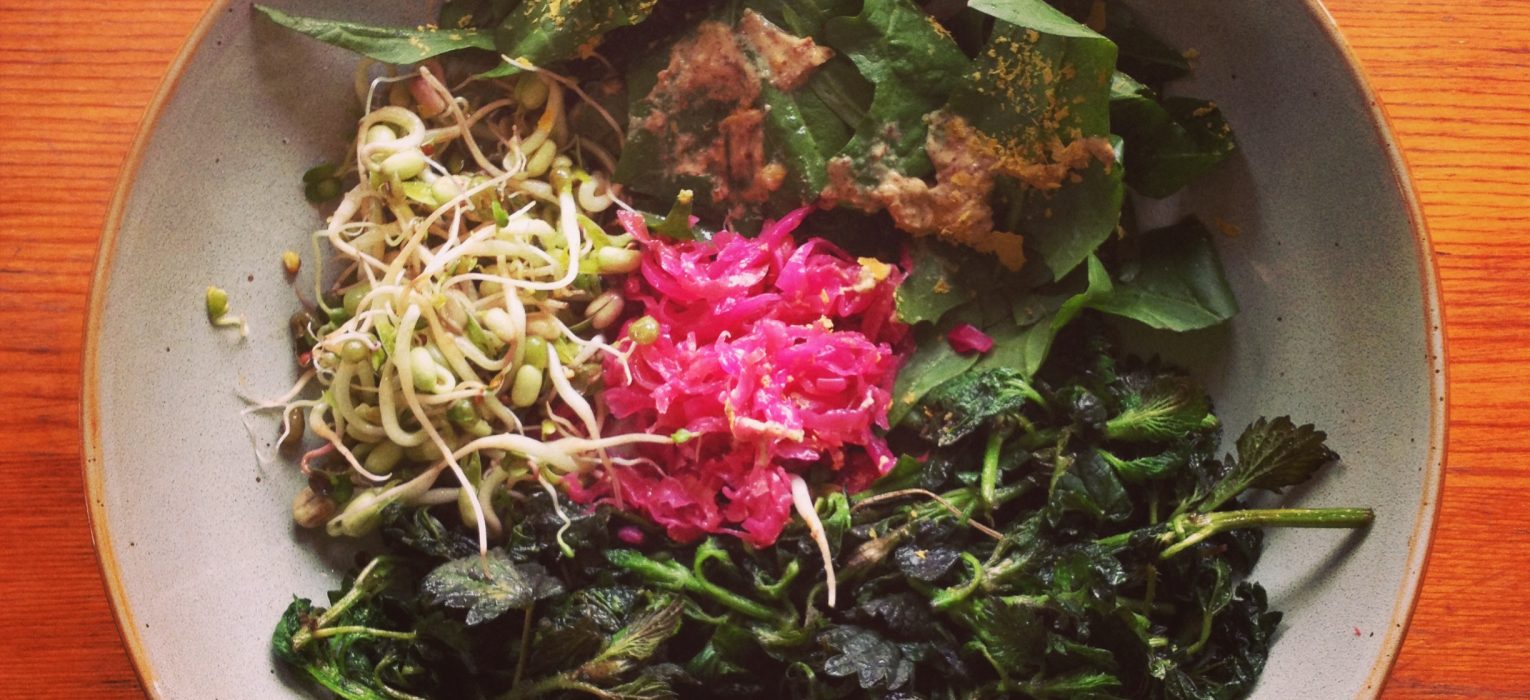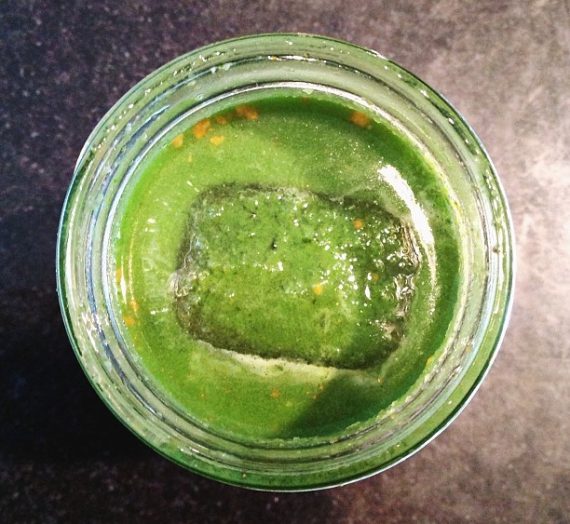Spring brings with it lots of growth and changing energy. The wind carries scents of melting snow, warming soil, and emerging plants.
Ayurveda
In Ayurveda, the traditional medicine of India, this idea is related to the principle of ‘vata’, pronounced with a ‘w’ sound. Vata encompasses the wind, which is also present in the autumn. Unlike the drying wind at that time, the often warm spring wind carries moisture which encourages young plants to grow. The growth of new plants represents an expansion upwards and outwards, youth, and new beginnings. The bright green of tender leaves brings light to our eyes after the stark colours of winter. The earth and our bodies are waking up!
The foods we eat can help us come out of our hibernation. Ideal choices, according to both Ayurveda and traditional Chinese medicine, are pungent and sweet flavours. Pungent foods are sharp tasting and strong. Mustard greens are a good example of this. Their heat helps to clear up lung congestion and improve circulation. Mustard greens are delicious raw in salads, but they do pack a punch. Try adding a few thinly sliced leaves, mixed with milder lettuce, or the spicy salad mix from Meadowbrook Farm to a salad or wrap. When cooked, mustard loses some of it’s heat, so try steaming it lightly if you find it too strong raw.
Ginger
A pungent spice which is a well known digestive aid. It helps with liver functioning, the organ that is responsible for sorting toxins in our body so they can be removed. Our liver and digestive system can be extra busy at this time of year, moving all the unwanted stores out of our bodies, so ginger may help our body do it’s work.
Kale
A hearty green that some of you may have been able to over-winter in your gardens. This is a great time to eat those tender leaves, as the cold makes kale sweeter. Kale is packed with nutrients, it’s high in beta carotene and vitamin C, two nutrients that help protect our body from damage from free radicals. Free radicals are created during normal cell processes and from environmental toxins.
Stored Toxins
When our body starts to clean out toxins that have been stored during the winter, we may have an increase in the amount of free radicals, so it’s important to provide our body with these anti-oxidant nutrients to help it protect itself from damage. One cup of cooked kale gives us almost twice our daily recommended amount of vitamin A (in the form of beta carotene), and about 80% of our amount of vitamin C. As well, new research is finding that other nutrients in the cruciferous veggies, ones not classified as vitamins or minerals, increase the ability of our cells to remove harmful compounds and detoxify, making kale an ideal springtime food choice.
“Sweet” Foods
The sweet foods that are helpful during spring are not what we might think of as being sweet- not sugar and candy. Sweet in this context means complex carbohydrates, which includes whole grains. Some examples are oats, brown rice, yams, and carrots. These sweet foods help to balance our body, relax us, and provide us with energy for the upwards and outwards growth that happens in spring…just like with the new plants that are growing. As our body wakes up from it’s winter slumber we need this energy to get us moving.
Spring Time
Often in spring we are drawn to eat more salads and greens, which is exactly what is growing. Include more salads with your meals, and lightly steamed greens. It’s not quite the time to eat a lot of raw food, as our body still needs something warming. Try adding more colour variety to your meals too. Colour makes food more appetizing: fresh, bright colours will perk up not only your eyes but your stomach too.




